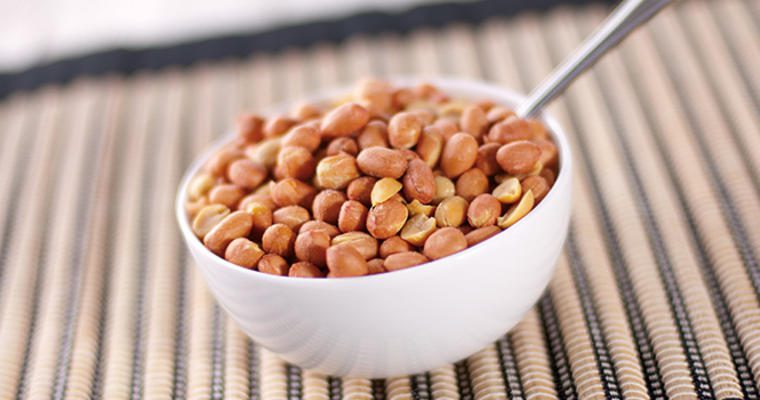What Are Peanut Allergies?
Food allergies are extremely prevalent and very serious, but few are as dangerous as a peanut allergy. A peanut allergy can cause a severe reaction that requires immediate intervention and is among the leading causes of fatal and near-fatal reactions to foods. According to Food Allergy Research & Education (FARE), the number of children in the U.S. with a peanut allergy tripled between 1997 and 2008. Although peanut allergies tend to be lifelong, it is estimated that 20 percent of children will outgrow a peanut allergy. It is also important to note that peanuts are not the same as tree nuts (almonds, cashews, walnuts, etc.) as tree nuts grow on trees. Tree nuts are also considered one of the top eight common food allergens.
Peanut Allergy Symptoms
Symptoms may include: hives, swelling (especially of the face), wheezing, asthma, nausea, vomiting, nasal congestion, itching, allergic conjunctivitis (itchy, watery eyes), and anaphylaxis. Anaphylaxis may include all of the symptoms mentioned, as well as difficulty breathing and reduced blood pressure. This needs to be addressed as a medical emergency and 9-1-1 should be called immediately.
How to Manage Peanut Allergies
There is no cure, so strict avoidance and reading food labels are the only forms of managing peanut allergies. Fortunately the federal Food Allergen Labeling and Consumer Protection Act (FALCPA) requires peanuts to be listed on the food label if the product contains peanuts as an ingredient. Educating yourself on unexpected sources of peanut allergens is another way to prevent exposure and/or a reaction. Remember even trace amounts of a food allergen can cause a reaction.
Avoid foods that contain peanuts or any of these ingredients:
- Artificial nuts.
- Beer nuts.
- Cold pressed, expeller pressed or extruded peanut oil.
- Goobers.
- Ground nuts.
- Mandelonas (peanuts soaked in almond flavoring).
- Mixed nuts.
- Monkey nuts.
- Nut meat.
- Nut pieces.
- Peanut butter.
- Peanut flour.
- Peanut protein hydrolysate.
Peanuts are sometimes found in the following:
- Baked goods (e.g., pastries, cookies).
- Candy (including chocolate candy).
- Chili.
- Enchilada sauce.
- Marzipan.
- Nougat.
Potential Unexpected Sources of Peanuts
- Asian, African, and Mexican dishes.
- Egg rolls
- Sauces—chili sauce, hot sauce, pesto, gravy, mole sauce, and salad dressing.
- Dessert dishes.
- Some vegetarian food products.
- Glazes and marinades.
- Extruded, cold-pressed, or expelled peanut oil.
- Pancakes.
Are you a Gordon Food Service customer? Log into Gordon Experience to view additional resources, such as food allergen awareness topics and training.
Not a customer? Learn more about our food safety tools and resources.
Additional allergen information about peanuts can be found in the following areas:
- Gordon Food Service Family of Brands Ingredient Statements .
- Food Allergy Research and Education.




























